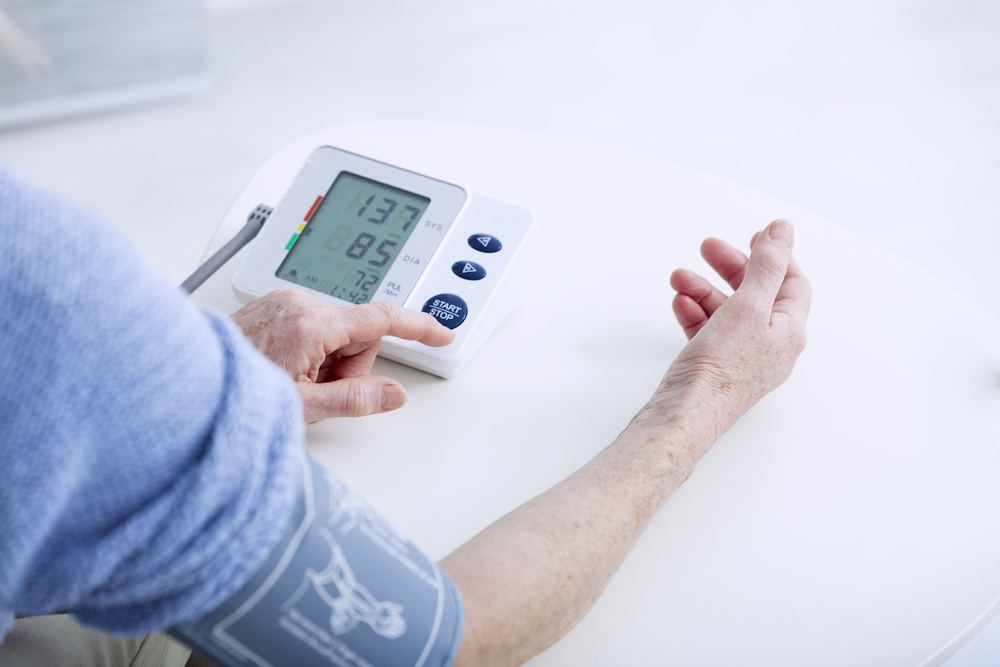Contents:
- Medical Video: Physio Neck Exercises Stretch & Relieve Routine
- Yoga movement to deal with neck pain
- 1. Warior II
- 2. Extended triangle
- 3. Half lord of the fishes
- 4. Sphinx
- 5. Legs up to the wall
- What needs to be remembered
Medical Video: Physio Neck Exercises Stretch & Relieve Routine
Neck pain is very common and may be caused by several factors. This includes daily activities involving repetitive forward movement patterns, bad posture, or the habit of holding your head in one position. Neck pain can cause headaches and even injury. Yoga is the best way to deal with neck pain. Here are some yoga movements that you can do to deal with neck pain.
Yoga movement to deal with neck pain
Yoga may be useful for treating chronic neck pain. A study reports that yoga provides pain relief and functional improvement for people who do yoga for nine weeks. Through practicing yoga, you can release the tension you feel in your body.
1. Warior II
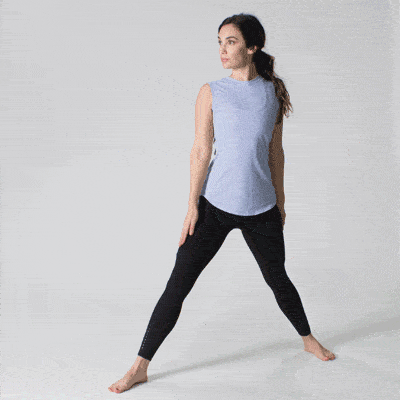
The Warrior II allows you to strengthen your chest and shoulders to support your neck. The way to do it is by:
- The starting position is standing by pulling your left leg back with your toes facing left slightly tilted.
- Pull your right foot forward.
- The inside of your left foot must be parallel to your right foot.
- Lift your arms until they are parallel to the floor, with your palms facing down.
- Bend your right knee, being careful not to extend your knee further than your ankle.
- Press on both feet as you extend through your spine.
- Stay in this movement for 30 seconds, then do it on the opposite side.
2. Extended triangle
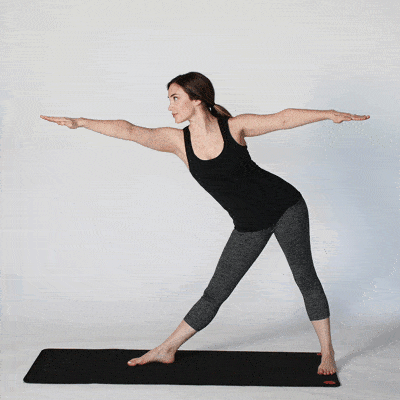
This movement helps relieve pain and tension in the neck, shoulders, and upper back. The way to do it is:
- Stand with your feet opened wider than your hips.
- Turn the right toes forward and your left toes out at an angle.
- Lift your arms so that they are parallel to the floor with your palms facing down.
- Reach forward with your right arm when you are hanging on your right hip.
- Lower your right arm and lift your left arm towards the ceiling.
- Turn your gaze in any direction or you can do a soft neck, looking up and down.
- Stay in this movement for 30 seconds, then do it on the other side.
3. Half lord of the fishes
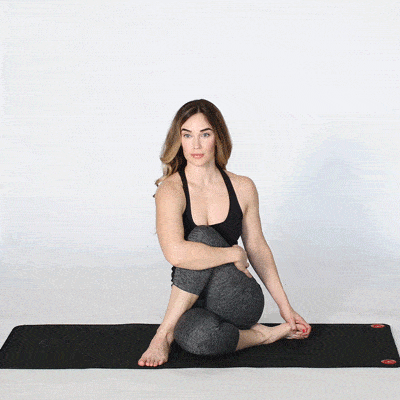
How to do this movement are:
- Start sitting up straight cross-legged, bend your left knee and cross it over your right foot.
- Hold your spine and then turn your upper body to the left.
- Place your left hand on the floor behind your buttocks.
- Bring your right arm out of your left foot.
- Turn your head over both shoulders, or do a soft neck movement back and forth.
- Stay in this movement for 1 minute, then do it on the opposite side.
4. Sphinx
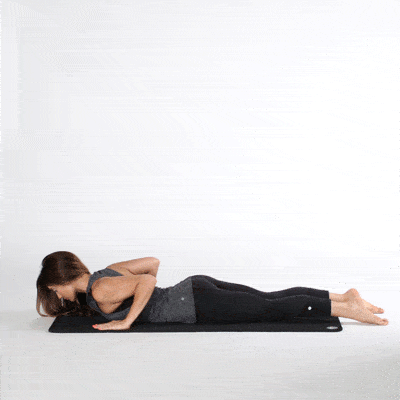
This movement strengthens your spine and stretches your shoulders.
- Start with your face down with your elbows under your shoulders, pressing into your palms and forearms.
- Tighten your lower back, buttocks, and thighs to support the body when lifting your upper body and head.
- Keep looking straight ahead and make sure you extend your spine.
- Hold this movement for 2 minutes.
5. Legs up to the wall
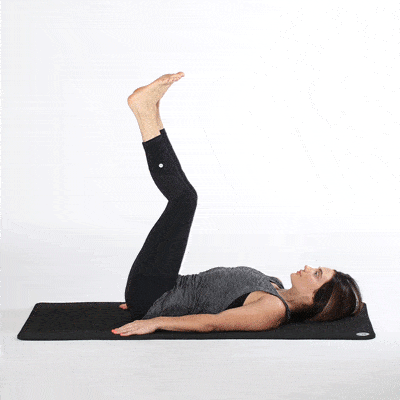
This movement has tremendous healing potential and can help relieve tension in the back, shoulders and neck. The way to do it is
- Lying near the wall, raise your legs up like leaning against a wall.
- Swing your feet up and onto the wall.
- You can put a folded blanket or pillow under your hips to support your body.
- Put your arms in a comfortable position.
- Do this movement for 20 minutes.
What needs to be remembered
Because these poses are designed to treat certain diseases, it is important for you to follow these tips:
- Remember that your body changes from day to day. Make adjustments to your exercise as needed and avoid movements that cause pain.
- Let your breath guide your movements so you move slowly and smoothly.
- If you are new to yoga, try taking some yoga classes. If this is not possible, you can do an online guide class.
- Hatha, yin, and restorative yoga is useful for reducing neck pain. Unless you are experienced, it is best not to do yoga that is fast and strong.
- Focus on doing yoga exercises for at least 10-20 minutes per day, even if it's just to relax in a few calm positions.
- Watch your posture throughout the day.









